
![]() [Note: This contest has concluded. Scroll down to the bottom of the article to find the results.] Welcome to a new feature here at Jay is Games. If you've been visiting for a while, you've surely noticed that the site has grown and changed over time. Especially in the last year, we've attracted a ton of new readers, and along with them came new suggestions, new energy, and new JIG staff members. The site would not be what it is without you. You Are Games, every bit as much as Jay is.
[Note: This contest has concluded. Scroll down to the bottom of the article to find the results.] Welcome to a new feature here at Jay is Games. If you've been visiting for a while, you've surely noticed that the site has grown and changed over time. Especially in the last year, we've attracted a ton of new readers, and along with them came new suggestions, new energy, and new JIG staff members. The site would not be what it is without you. You Are Games, every bit as much as Jay is.
I was initially attracted to JIG during one of the awesome Casual Gameplay Design Competitions, and while the next one of those is still a ways off, we wanted to give you another way to be creative and participate with us on a regular basis, beyond the usual comments and critiques of the daily games. You Are Games will change from week to week, but it will always be an opportunity for you to do stuff, whether it be a mini-competition about level design (like this week), a writing or art challenge, or a hunt for hidden flash game gems in a certain genre. We've got plenty of ideas, but we're going to play it by ear and see what happens.
That brings us to the Jay is Games Incredibots 2 Mini-Brawl!
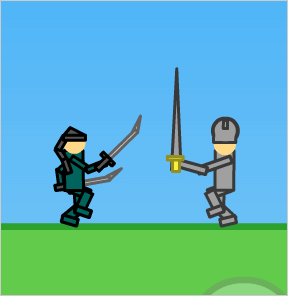 We have mixed feelings about Incredibots 2, which Grubby Games recently released into Public Beta. Like the original Incredibots, it's one of the most versatile web applications around for creating physics-based robots and scenarios, and the sequel is easier to use than ever. You can now move pieces around in groups by just clicking and dragging with the mouse. You can adjust the gravity and many other variables that used to be constant.
We have mixed feelings about Incredibots 2, which Grubby Games recently released into Public Beta. Like the original Incredibots, it's one of the most versatile web applications around for creating physics-based robots and scenarios, and the sequel is easier to use than ever. You can now move pieces around in groups by just clicking and dragging with the mouse. You can adjust the gravity and many other variables that used to be constant.
However, Incredibots 2 doesn't include any official challenges, which were the center of the single-player experience in the first game. Instead, you are encouraged to create your own, and user-generated content being what it is, there is a wide range of quality available in the current line-up. This is the biggest change to Incredibots; it is now a big, friendly level design tool, with nearly endless possibilities. It's hard to recommend as a casual gameplay experience at this point, but for a brand new column about reader participation, it's just about perfect. Go go gadget level design contest!
Your mission for this Mini-Brawl is to create a challenge for your fellow JIGsters using the Incredibots 2 challenge editor. There are three restrictions:
- The Sandbox Size must be Small. The dialog box that pops up when you click the Challenge Editor button lets you select the size of your building arena, and to keep our designs tight, let's all use Small, the default size.
- The "Allow User Construction" box must be unchecked. That means the player of your challenge can't make their own robot; you have to supply both the robot and the obstacles. To find this checkbox, click on the "Restrictions" button in the upper right of the Challenge Editor screen.
- There must be at least one Win Condition. The "Set Conditions" button in the editor takes you to the win condition screen. There needs to be some sort of goal, so we players have something to strive for.
Everything else is fair game. Let your imagination run wild, and feel free to post your creations here in the comments for everyone to play.
 If you wish to enter:
Please send a link to your challenge to the address on the right with the subject line "Incredibots 2 Mini-Brawl" and include your JIG display name (the name that appears when you comment here). To get the link to your challenge, play your challenge and click on the "Link to this Challenge" button in the control bar. The deadline is this Sunday evening, the 5th of July, at midnight, EST. The JIG staff will choose our favorites from the entries and post them here next week, and then maybe we'll have an audience vote too. Again, we're playing this by ear right now, and your feedback about our new feature is encouraged.
If you wish to enter:
Please send a link to your challenge to the address on the right with the subject line "Incredibots 2 Mini-Brawl" and include your JIG display name (the name that appears when you comment here). To get the link to your challenge, play your challenge and click on the "Link to this Challenge" button in the control bar. The deadline is this Sunday evening, the 5th of July, at midnight, EST. The JIG staff will choose our favorites from the entries and post them here next week, and then maybe we'll have an audience vote too. Again, we're playing this by ear right now, and your feedback about our new feature is encouraged.
We're not sure what the prizes will be. This is mostly for the glory and the amusement. But there will be winners in the following three categories: Most Fun, Prettiest, and Best Use of JIG Mascot. That's the little guy doing a jig on the word "Gameplay" in our logo. Maybe someone will win all three categories! Anything is possible!
Feel free to discuss Incredibots 2 in the comments, and if you have ideas for other things we can do in the You Are Games column in the future, let's hear them. Also, extra-special thanks to Mat Annal of Nitrome for creating our lovely You Are Games banner. Cheers!
...And the results are in!
Winner: Most Fun "HeartBreaker Part 1" by Rydash (DarknessKeeper here on JIG).
Winner: Prettiest "minigolf" by qwertybacon.
Winner: Best Use of JIG Mascot "JIGMan Mouse Game v1" by Rydash.
And the other challenges (in the order received) were:
"JIGMan Parachute v1" by Rydash.
"Mars Rover Test" by jsq0228.
"JIG Sliding Puzzle" by BND.
"Portal HeartBreaker" by Rydash.
"JIGMan Parachute v2" by Rydash.
Because of the small number of entries, everybody who entered a challenge gets a six-month "Incredibots Supporter" membership, courtesy of Ryan Clark at Grubby Games!
The above links should work for most people, but if they aren't leading you to the contest entries, try searching for the titles of the challenges using the game's search function. It's located in the menu under File --> Load Challenge. Make sure the Sort Filter is set to "All Time", and be aware that the search function is case-sensitive. Grubby Games is aware some folks are having problems, but they haven't yet been able to track down the bug and fix it.
Congratulations to the winners, and thanks to everybody who participated!



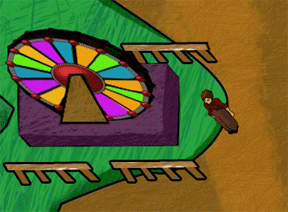
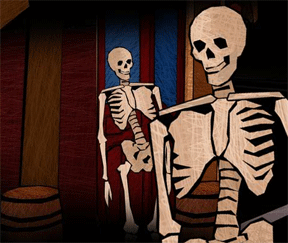
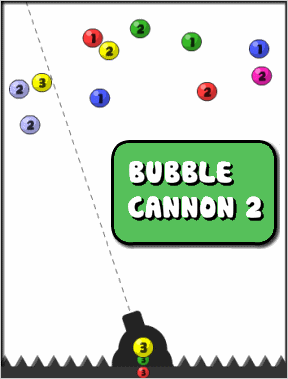
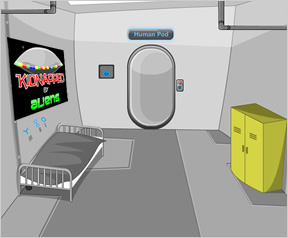

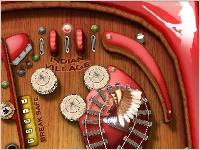
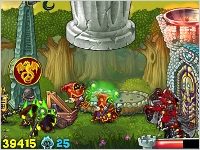

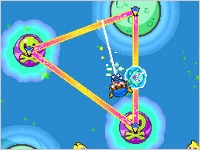

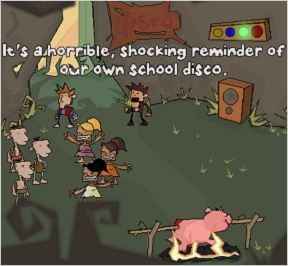


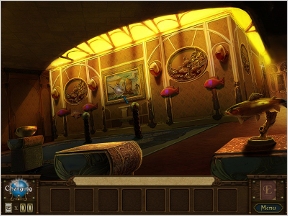
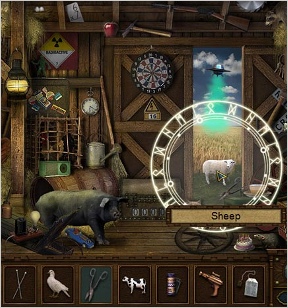
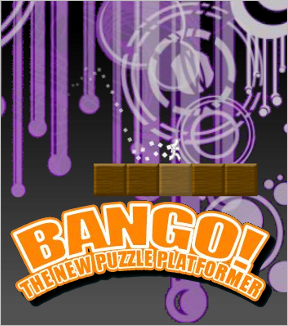

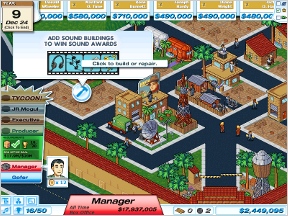
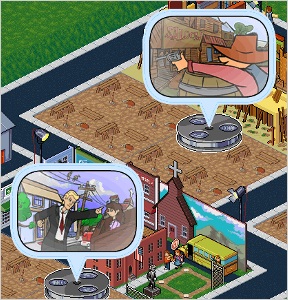

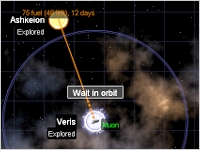
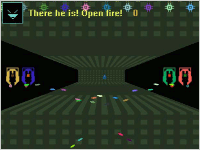
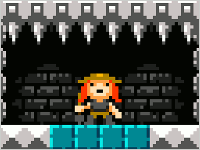


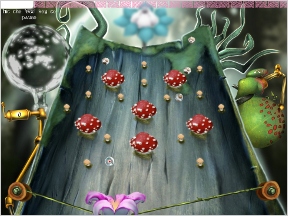
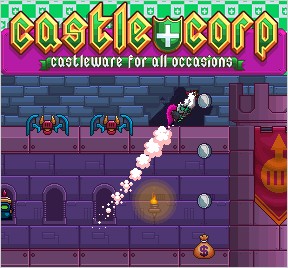

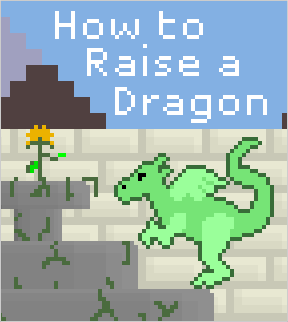

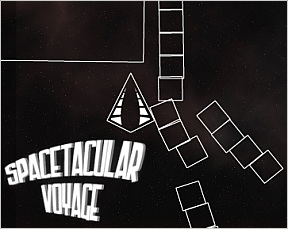
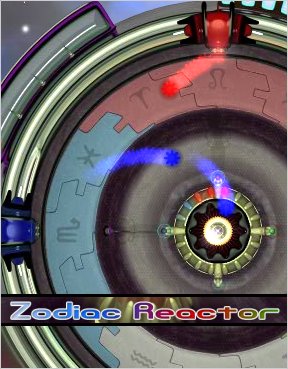
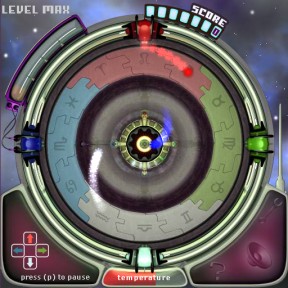
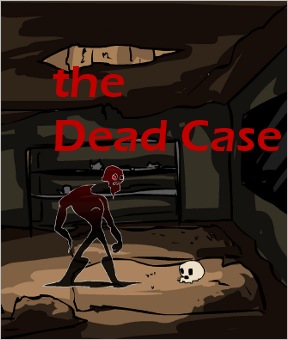
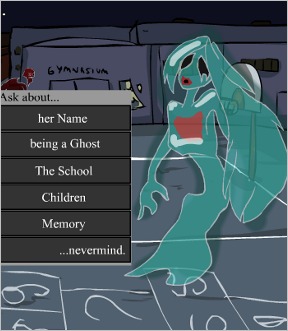

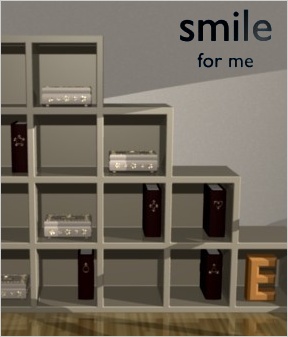

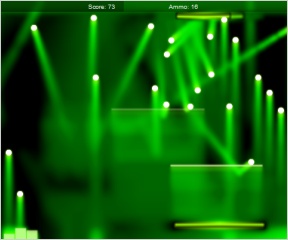
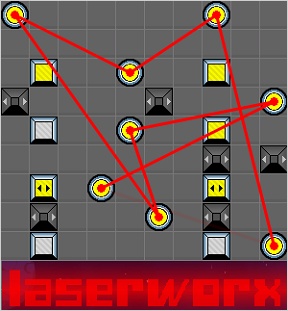
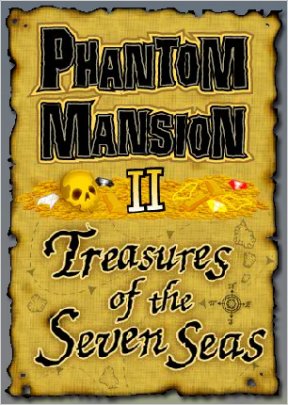
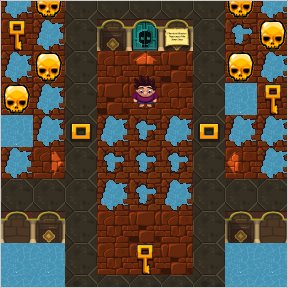
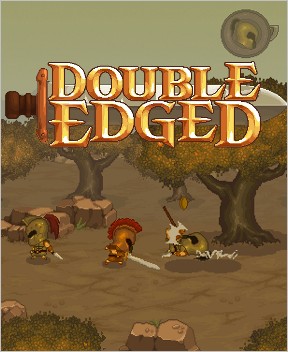

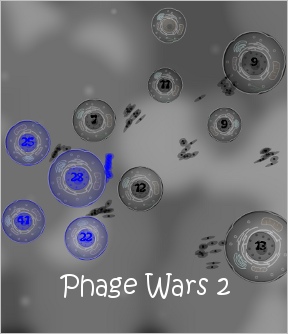
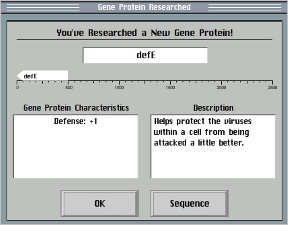
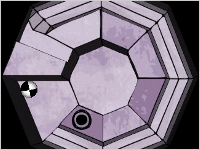
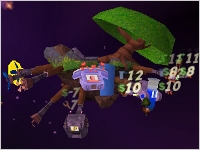

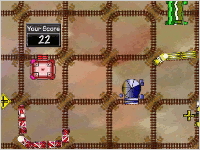
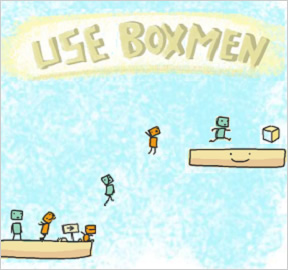
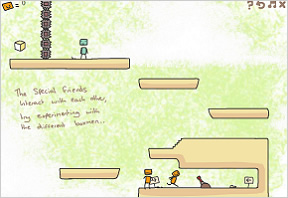

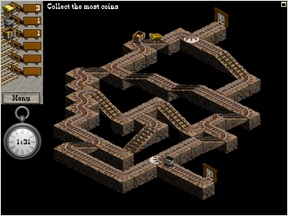
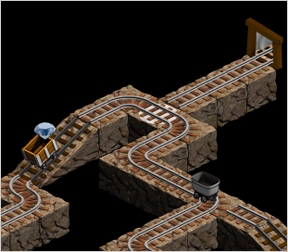

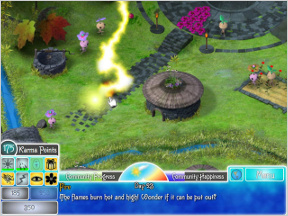
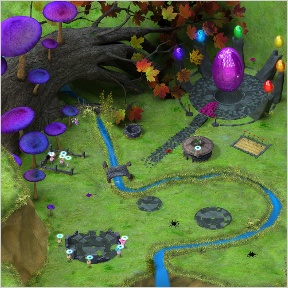

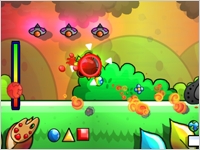
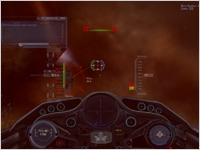
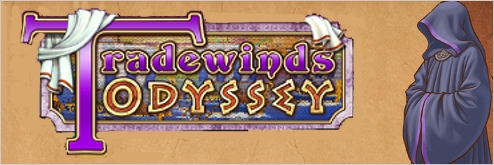
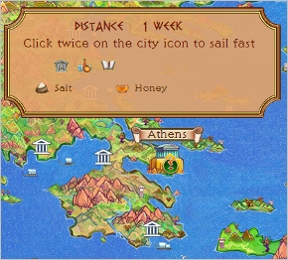



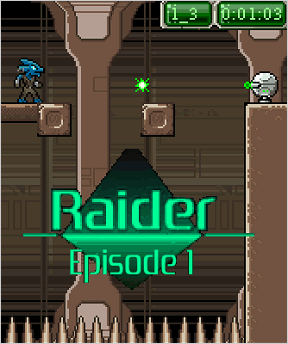
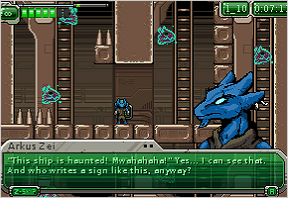
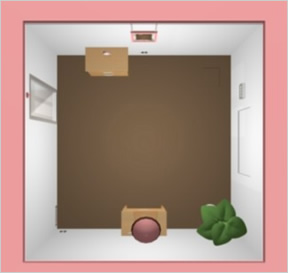




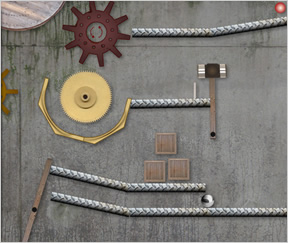
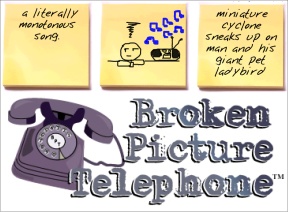
 What!? Analysis? OK, fine: Back in high school, I loved art classes, because the teacher would tell me what to draw and I'd do it with a passable amount of skill. At the same time, however, I knew that I'd never cut it as a career artist, because I couldn't ever come up with something to draw on my own. Now, I have BPT to take care of that task, and it does so beautifully, allowing enough words to give a decent description while still giving you plenty of leeway to add in details as you see fit. On the flip side, it's often challenging to concisely sum up an entire picture in a dozen words rather than the usual 1000.
What!? Analysis? OK, fine: Back in high school, I loved art classes, because the teacher would tell me what to draw and I'd do it with a passable amount of skill. At the same time, however, I knew that I'd never cut it as a career artist, because I couldn't ever come up with something to draw on my own. Now, I have BPT to take care of that task, and it does so beautifully, allowing enough words to give a decent description while still giving you plenty of leeway to add in details as you see fit. On the flip side, it's often challenging to concisely sum up an entire picture in a dozen words rather than the usual 1000. 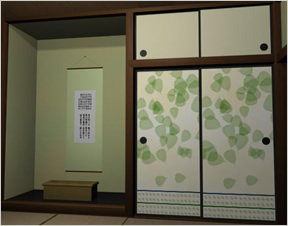

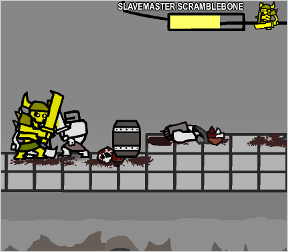
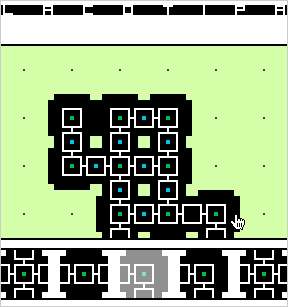
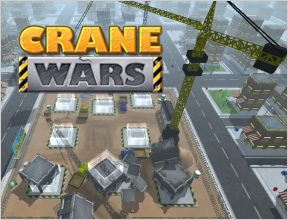
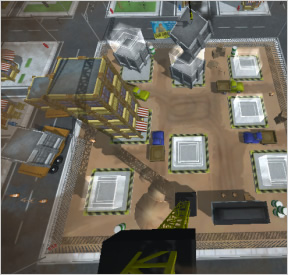

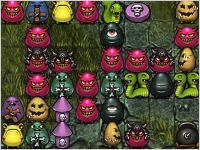
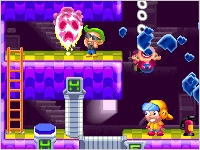
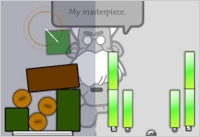
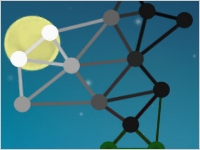
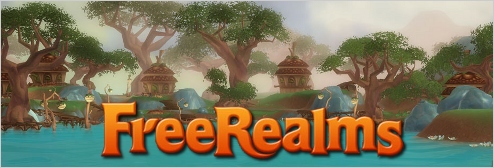
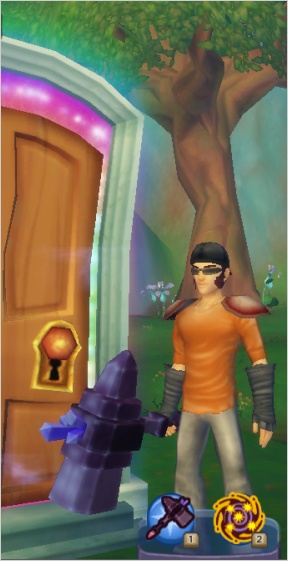
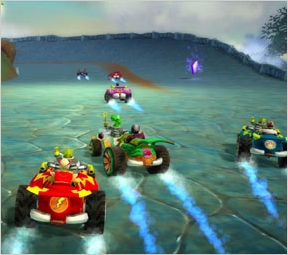
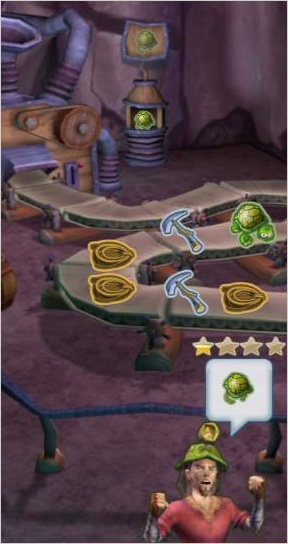



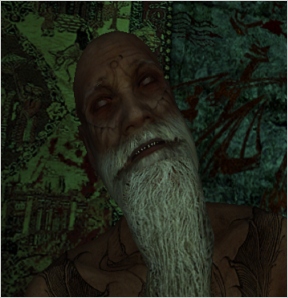
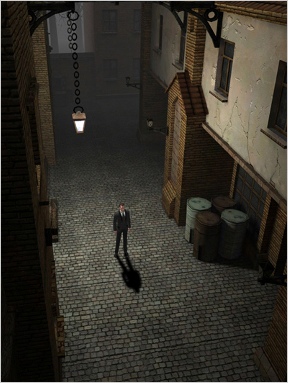
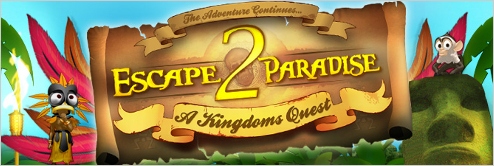
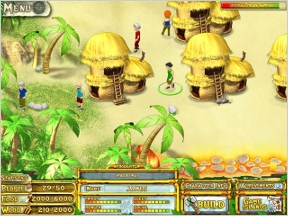


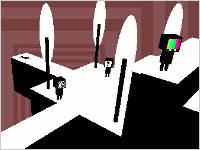
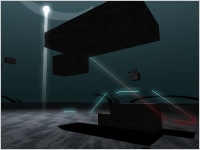

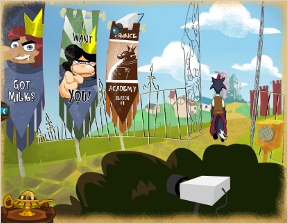


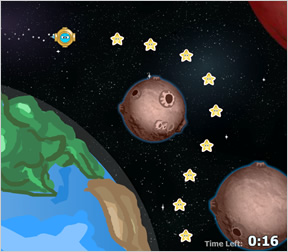
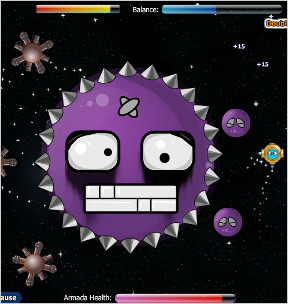

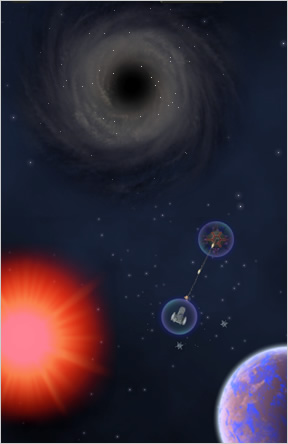

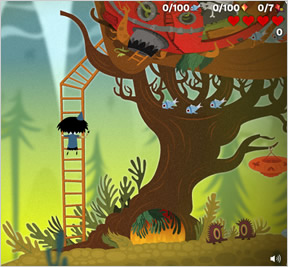
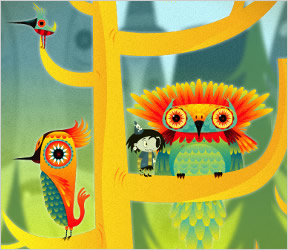

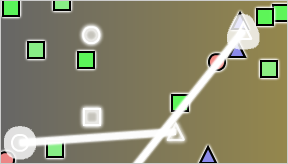
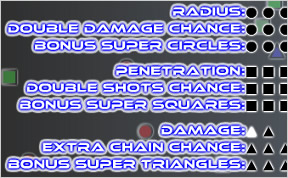
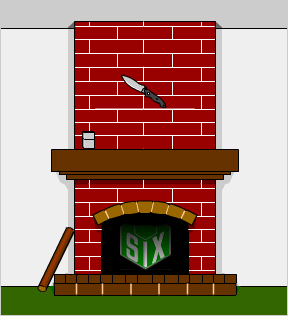
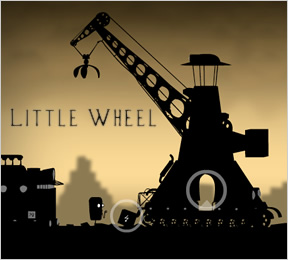

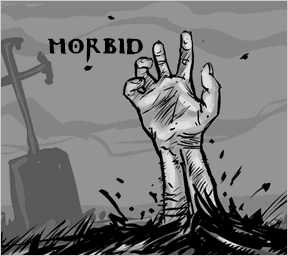
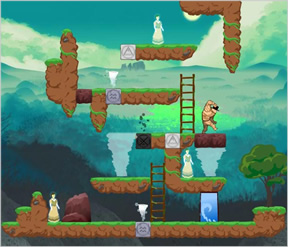
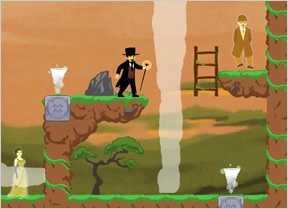
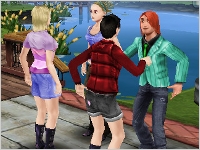
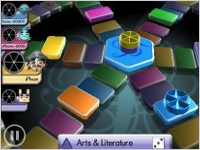

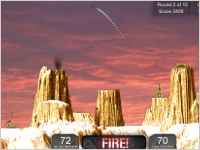

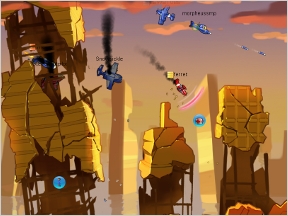
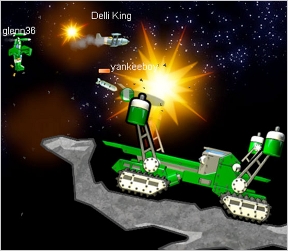


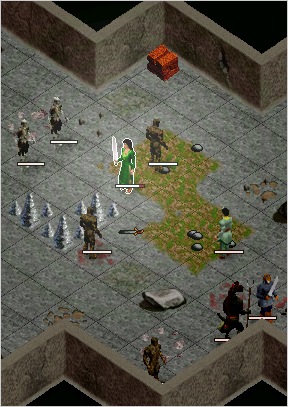


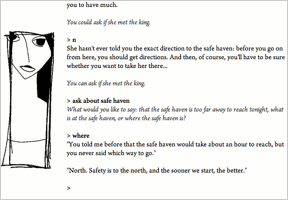


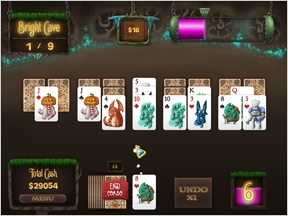
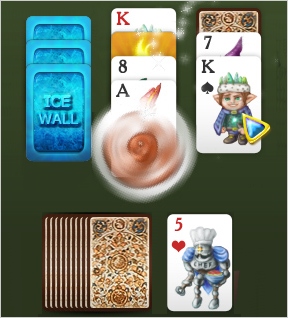
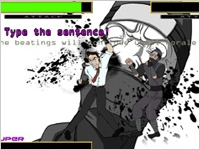
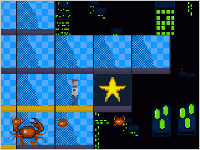
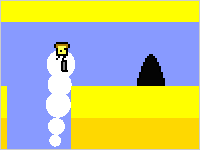
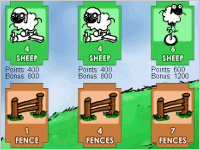

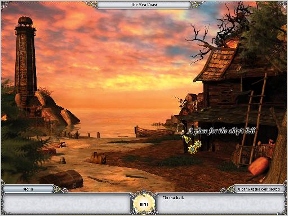
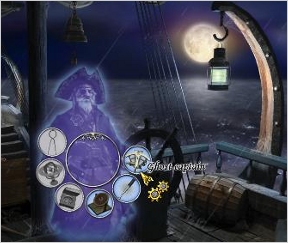
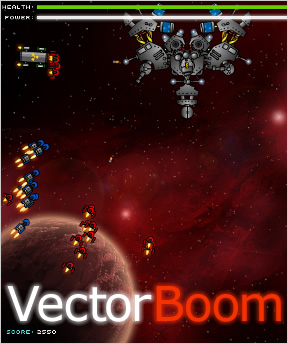
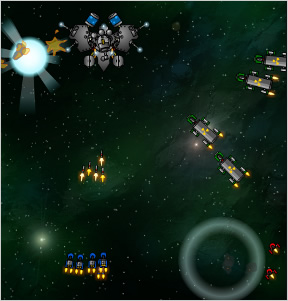

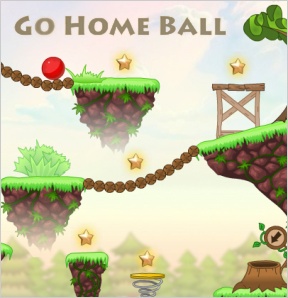
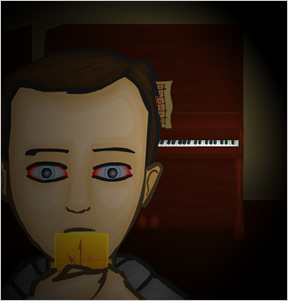
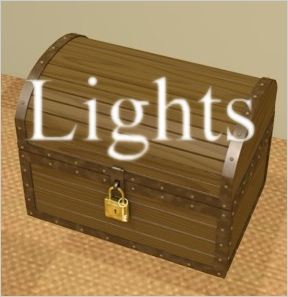

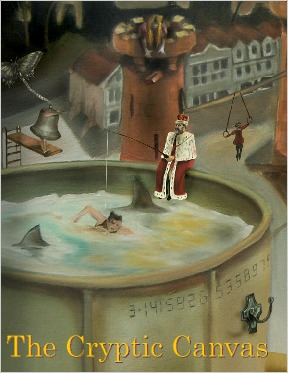
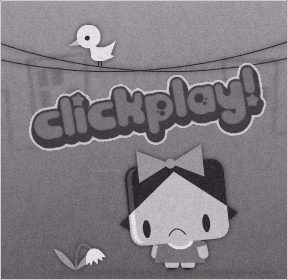
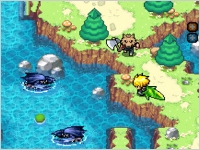
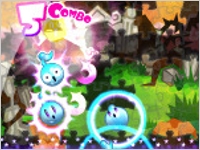

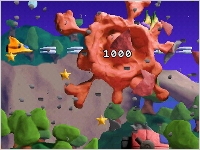

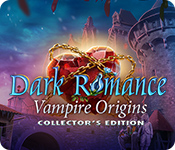
Recent Comments